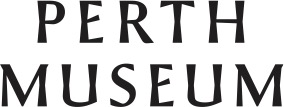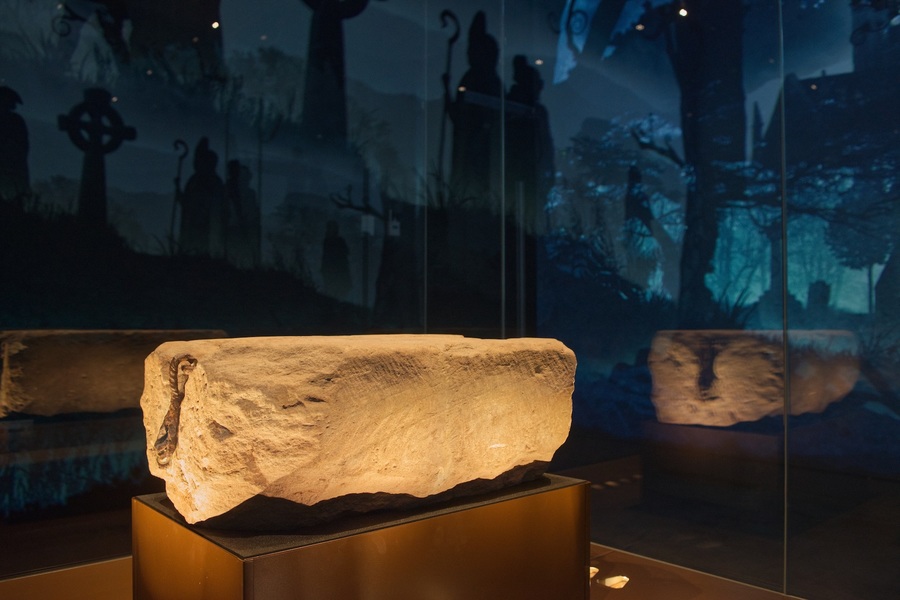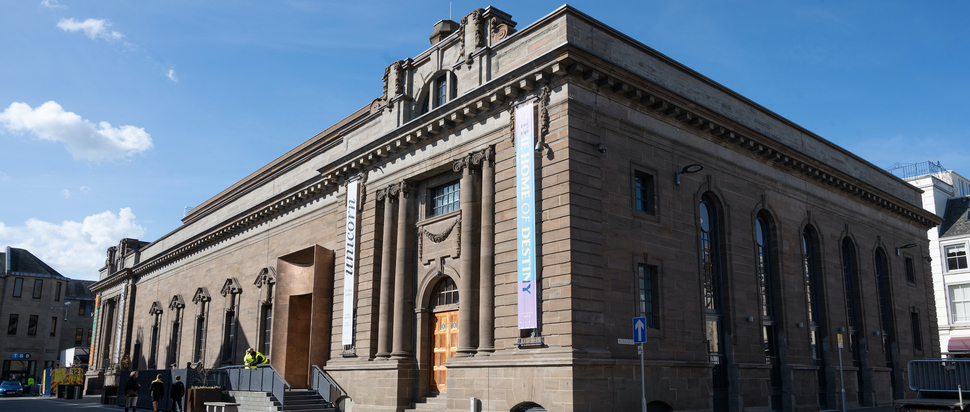The People's Museum: the new Perth Museum opens its doors
Perth's brand new museum illustrates the importance of Perth and its people to Scotland – and to the world

Perth’s majestic City Hall, built in 1914, has been an important civic space for the city and its people for over a century now. Used for a variety of purposes, including markets and concerts through to political conferences and wrestling matches, it was closed indefinitely when the new Perth Concert Hall became the city’s primary music venue. Astonishingly, it was marked for demolition by the council in 2012; fortunately, Historic Scotland rejected this proposal due to the building’s historic and cultural significance. The £27 million redevelopment began in January 2019 to transform the building and five years later, the city and the Perthshire region now has a world-class museum.
At the physical heart of the new museum sits the Stone of Destiny, also known as the Stone of Scone, one of Scotland and the UK’s most significant historical objects. Returning to Perthshire for the first time in over 700 years, the Stone is the centrepiece of this new museum and is free for all to view. The stone has been presented in a darkened chamber-like space with stunning 360-degree projections which dynamically illustrate the story of the Stone. Alongside the Stone, the new museum also displays Perth & Kinross’s Recognised Collections of National Significance.

The Stone of Destiny. Photo by Rob McDougall, courtesy of Culture Perth & Kinross
The museum has many important artefacts of global significance on show throughout, including in its global cultures displays. One particularly impressive object is a kākāpō cloak from the 1810s-1820s; the only known full kākāpō feather cloak in existence. The kākāpō is a flightless parrot that nests on the ground in Aotearoa (New Zealand) and is a critically-endangered species; as of 2020, there were only 210 left. It is a stunning example of a style of chiefly cloak (or kākahu), made with highly prized bird feathers, processed flax fibre and European wool. Whatu kākahu (cloak weaving) is considered the most highly revered form of Māori weaving. As a sacred, indigenous cultural practice, weaving is a way of passing down knowledge and customs from one generation to the next. Several days before the museum opening, the cloak and the other artefacts which form the museum’s Aotearoa collections were honoured with a traditional ceremony at sunrise.
Two of the museum's key displays are indebted to the history of the city as a centre for both industry and protest. In the early 1900s, Perth became a focal point for activism for the rights of women. Many Suffragettes were held in Perth Prison and subjected to the brutal procedure of force-feeding, which aimed to prevent women from hunger striking. A 24-hour picket was set up outside of Perth Prison in protest against the mistreatment of these women. 3000 women marched toward the prison, singing the Robert Burns’ song Scots Wha Hae, an unofficial Scottish national anthem sung as a call to rebellion. Women in Perth were forerunners in seeking women’s right to vote – speeches were given in the streets of the city and protests took place in the very building that now hosts Perth Museum. The importance of Perth’s women to the Suffragette movement is recognised in a fascinating display of objects from this time period, the most impressive being a NUWSS (National Union of Women’s Suffrage Society) banner.
Another fascinating display explores the industrial and entrepreneurial nature of Perthshire and its people. As far back as the medieval period, Perth was referred to as a ‘craftis toun’ due to the abundance of people working in crafts and trades. The region has historically been a centre for whisky production: some of the oldest surviving distilleries in Scotland can be found in Perthshire. This display tells the story of iconic institutions and people, such as John Dewar, who famously walked to Perth from his birthplace in Glen Lyon in the Perthshire Highlands and set up a wine and spirits merchant on the city’s High Street in 1846. Dewars was to become one of the best-selling blends in the world; sadly, their Inveralmond bottling plant closed in 1994, with over 300 jobs lost. Visitors can view a miniature which was the last bottle of Dewar’s blend bottled at the factory before its closure in November of 1993. Much of the area’s industry was devastated during the Thatcher era; the city and region’s centuries of industrial importance is captured magnificently through many fascinating objects throughout the museum.
Perth’s brand-new museum is not only for the city itself, but a museum for the region and for all of Scotland. It captures the changing fortunes of not only the city, but the nation too. This world-class cultural and heritage attraction highlights the fascinating objects and stories that put Perth and Kinross at the centre of Scotland’s story.
Perth Museum is open 7 days a week from 10am
Perth Museum, St John's Place, Perth, PH1 5SZ
Visit perthmuseum.co.uk for more information
